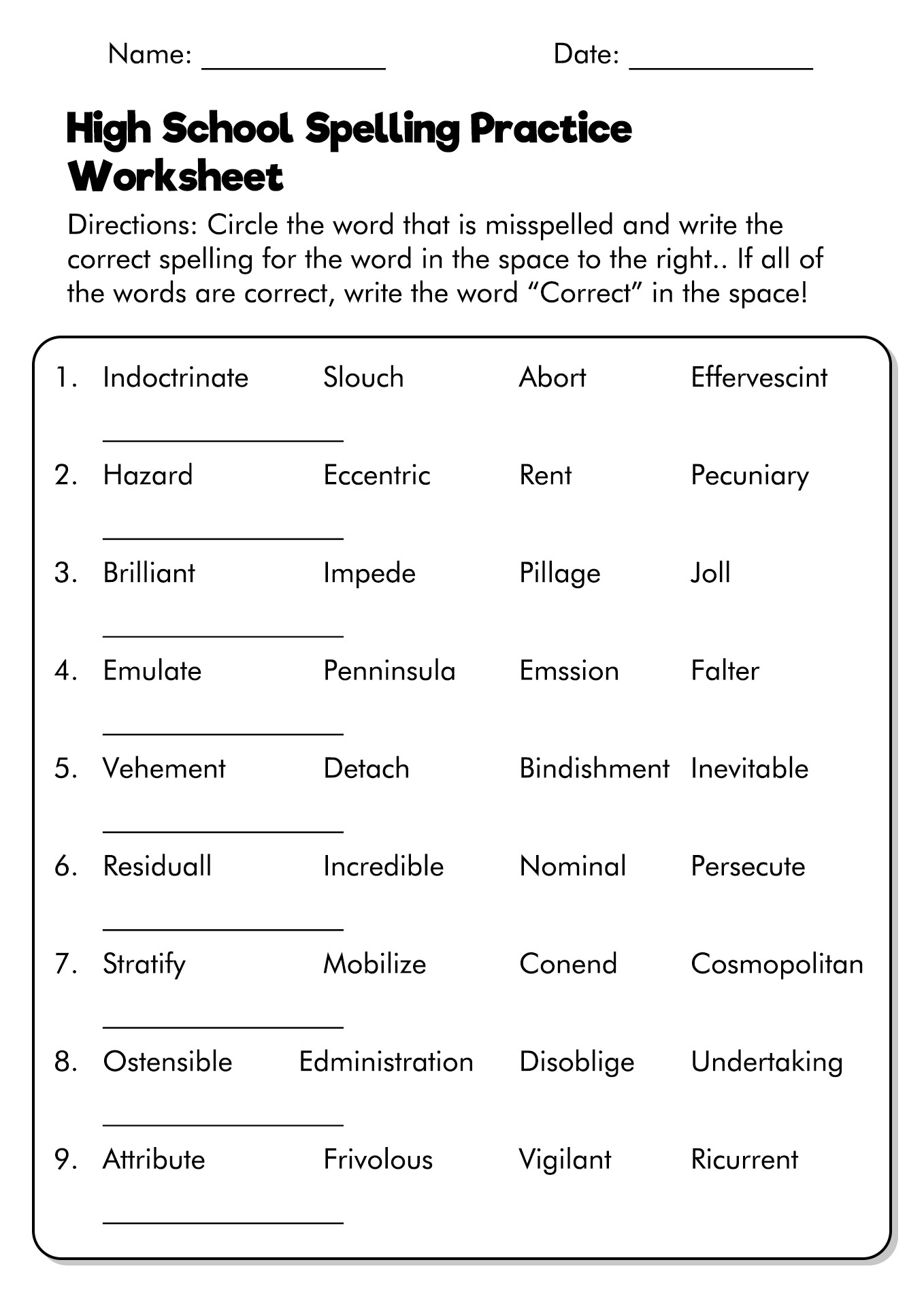
Mastering the Mother Tongue: The Indispensable Role of High School Grammar Worksheets
In the complex tapestry of high school education, where subjects range from advanced calculus to world literature, one foundational thread often determines the strength and clarity of a student’s entire academic and future professional output: grammar. While sometimes perceived as dry or overly prescriptive, a solid grasp of grammar is not merely about adhering to rules; it’s about fostering precision in thought, clarity in communication, and confidence in expression. And in this crucial pursuit, high school grammar worksheets emerge as invaluable tools, providing the structured practice and targeted reinforcement necessary for students to truly master the intricacies of the English language.
The journey through grammar typically begins in elementary school, laying down the basic building blocks of parts of speech and simple sentence structures. However, high school demands a significant leap. Students are no longer just identifying nouns; they are dissecting complex sentences, understanding the nuances of mood and voice, mastering sophisticated punctuation, and refining their writing for academic rigor and professional clarity. This transition requires consistent, focused practice, which is precisely where well-designed high school grammar worksheets become indispensable.
The Enduring Importance of Grammar in High School and Beyond
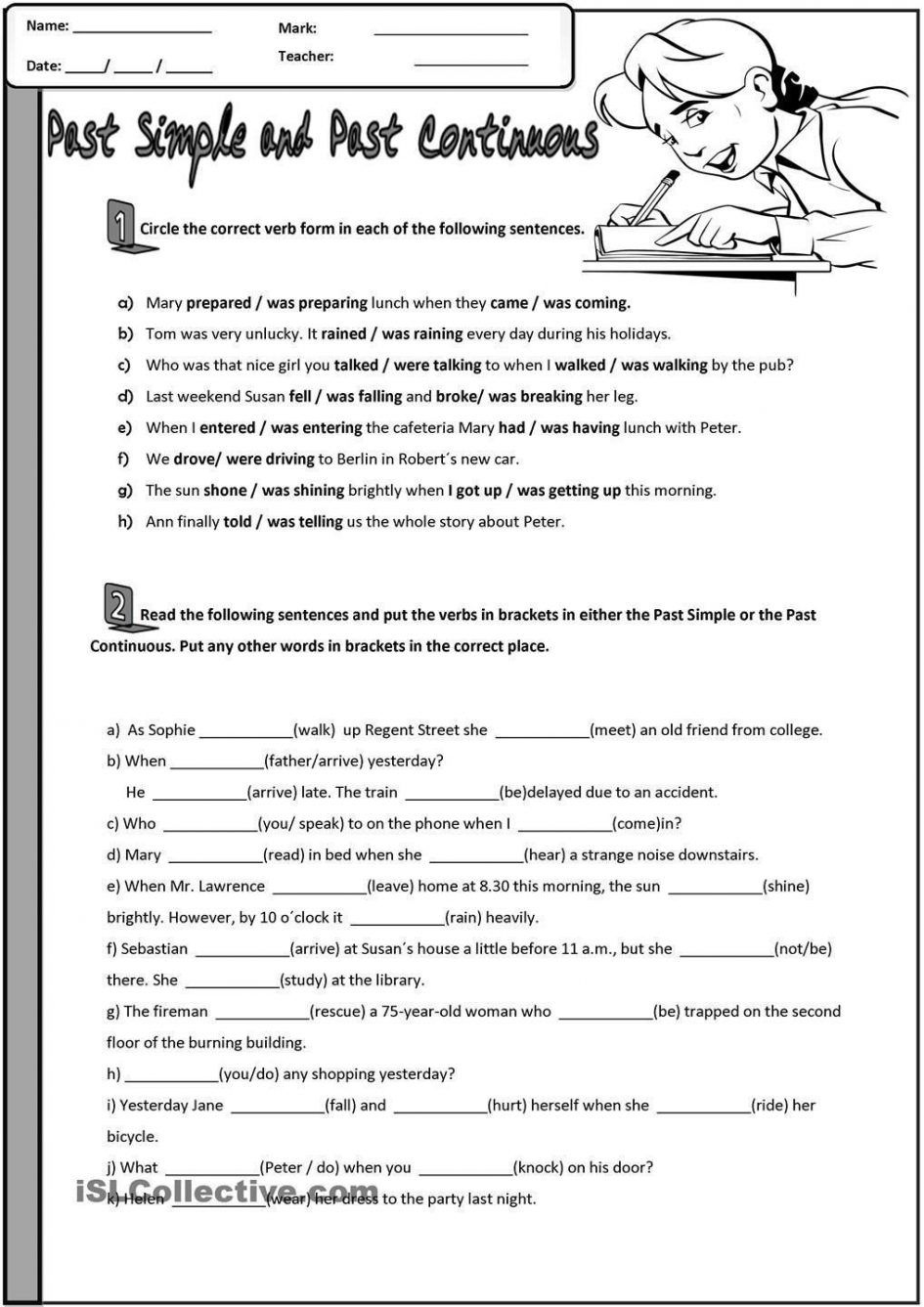
Why dedicate so much time and effort to grammar in the high school years? The reasons are multifaceted and far-reaching:
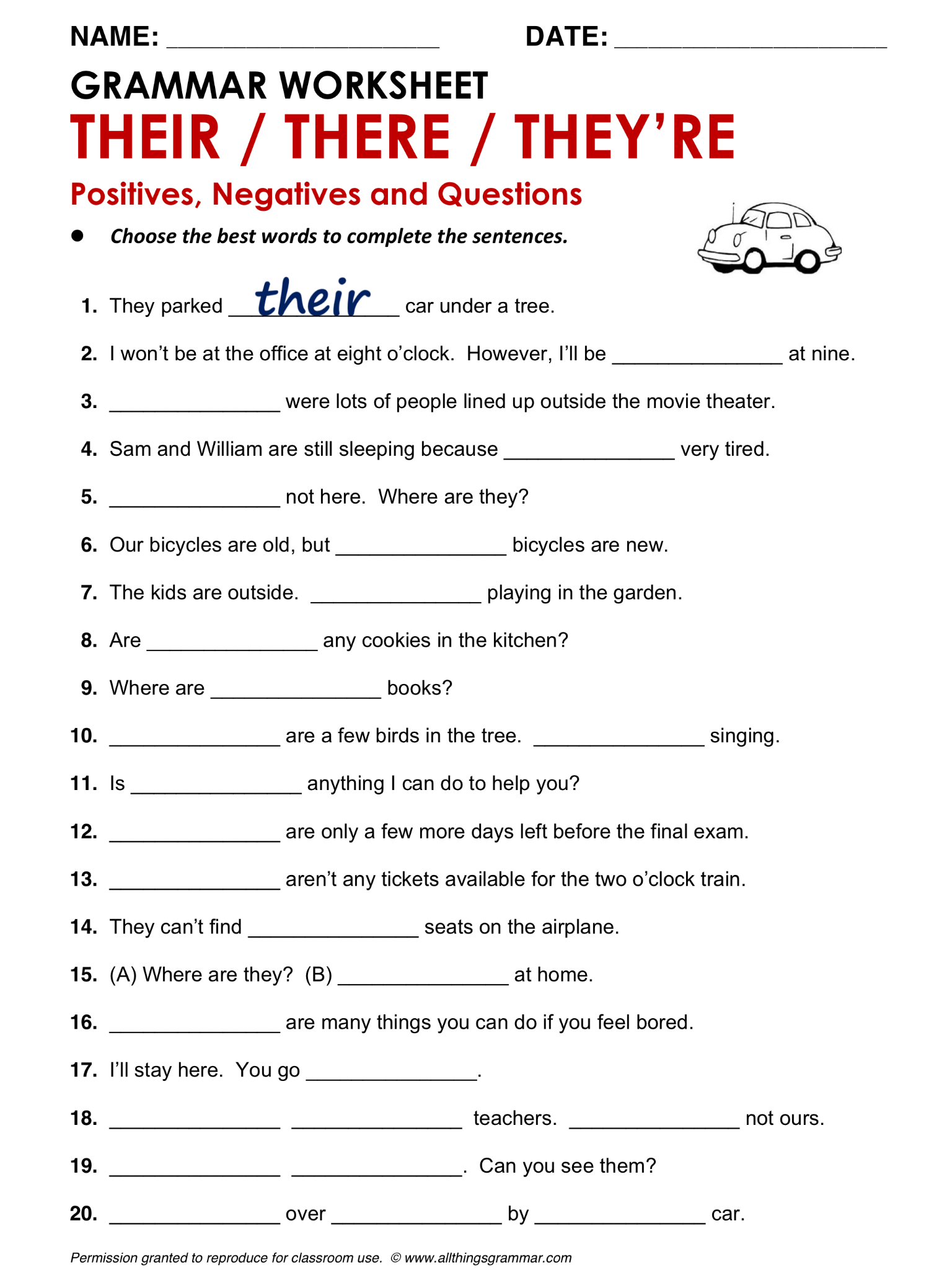
- Academic Success: From essays and research papers to presentations and standardized tests (like the SAT, ACT, and AP exams), virtually every academic task requires strong grammatical proficiency. Errors in grammar can obscure meaning, undermine credibility, and negatively impact grades, regardless of the brilliance of the underlying ideas.
- Critical Thinking: Understanding grammar is akin to understanding the architecture of thought. It helps students analyze how language works, how meaning is constructed, and how to deconstruct complex arguments. This analytical skill translates directly to critical thinking across all subjects.
- Effective Communication: In an increasingly interconnected world, clear and unambiguous communication is paramount. Whether writing an email, crafting a college application essay, participating in a debate, or eventually entering the workforce, the ability to articulate ideas precisely and persuasively hinges on a strong command of grammar.
- Professional Readiness: Employers consistently rank strong communication skills among the most desired attributes in new hires. Poor grammar in resumes, cover letters, or professional correspondence can create a negative impression and limit opportunities. High school is the training ground for these essential lifelong skills.
- Confidence in Expression: When students are confident in their grammatical abilities, they are more likely to express themselves boldly, both in writing and orally. This confidence empowers them to engage more deeply with their studies and participate more actively in class discussions.


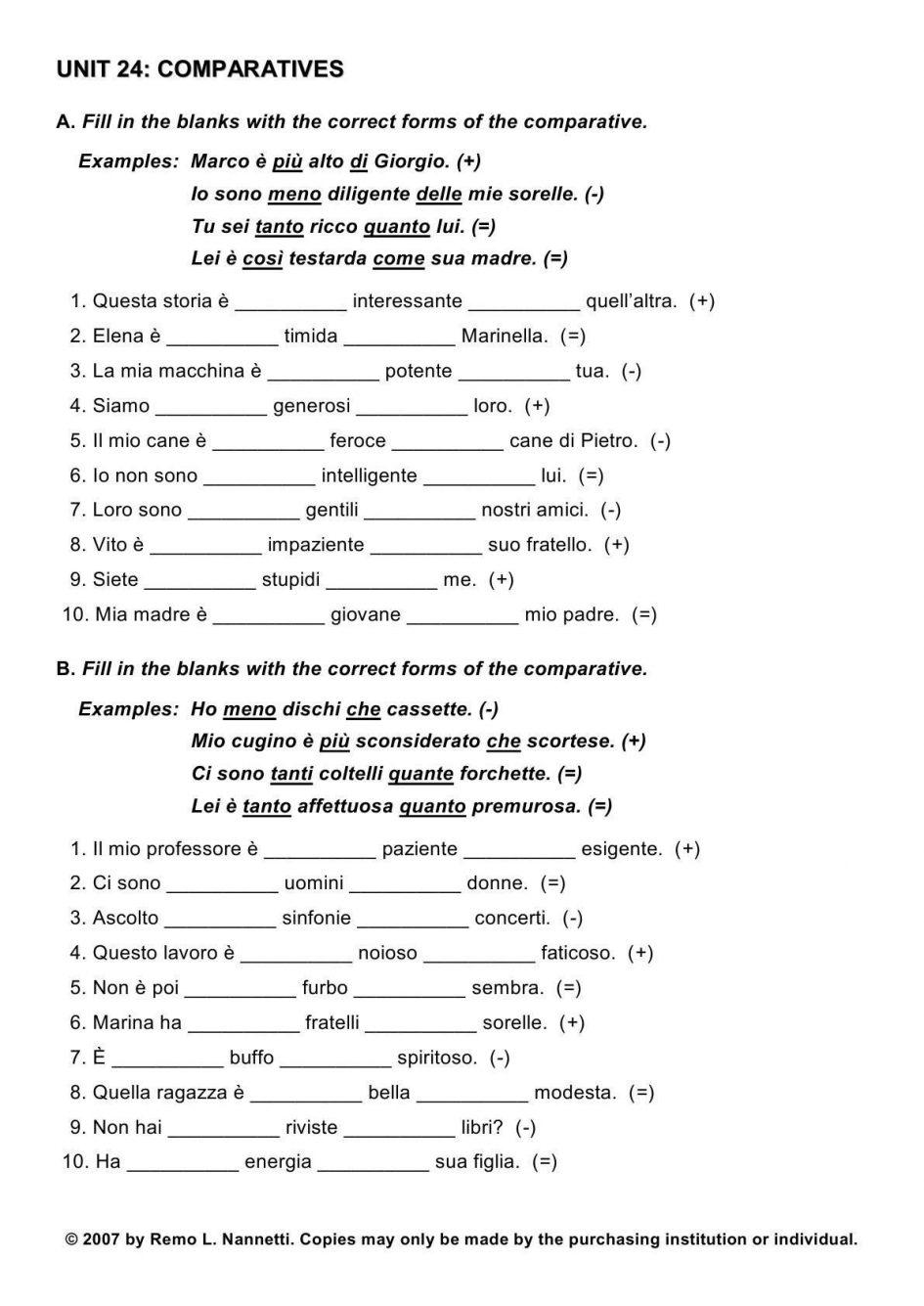
What Exactly Do High School Grammar Worksheets Cover?

The scope of grammar covered in high school is extensive, moving far beyond simple identification to analysis, application, and correction. High school grammar worksheets typically address a wide array of topics, including but not limited to:
- Parts of Speech Review and Advanced Usage: While students know nouns and verbs, high school delves into the subtleties of adverbs modifying adjectives, participles functioning as adjectives, and the varying roles of conjunctions (coordinating, subordinating, correlative).
- Sentence Structure: This is a cornerstone. Worksheets will focus on identifying and constructing simple, compound, complex, and compound-complex sentences. Students learn about independent and dependent clauses, relative clauses, and noun clauses, understanding how they combine to create varied and sophisticated prose.
- Punctuation Mastery: Beyond basic commas and periods, high school grammar emphasizes the correct use of semicolons, colons, dashes, hyphens, quotation marks (especially in conjunction with other punctuation), apostrophes for possession and contractions, and ellipses. Misplaced punctuation can dramatically alter meaning, making precise practice vital.
- Subject-Verb Agreement: This fundamental rule remains a challenge, especially with complex subjects, intervening phrases, indefinite pronouns, or inverted sentences. Worksheets provide varied scenarios to solidify this concept.
- Verb Tenses and Moods: Students refine their understanding of perfect tenses (present perfect, past perfect, future perfect), progressive tenses, and the often-tricky subjunctive mood, essential for expressing wishes, hypothetical conditions, and demands.
- Pronoun Usage: This includes ensuring pronouns agree with their antecedents in number and gender, understanding subjective vs. objective vs. possessive cases, and avoiding ambiguous pronoun references.
- Modifiers (Adjectives and Adverbs): Worksheets help students correctly place modifiers to avoid dangling or misplaced modifiers, which can lead to confusing or comical sentences. They also focus on comparative and superlative forms.
- Parallel Structure: A key element of clear and elegant writing, parallelism ensures that elements in a series, comparisons, or lists are grammatically similar. Worksheets provide practice in identifying and correcting faulty parallelism.
- Active and Passive Voice: Students learn to differentiate between the two and understand when to appropriately use each, recognizing that active voice generally leads to stronger, more direct writing.
- Common Grammatical Errors: This category often includes run-on sentences, sentence fragments, comma splices, errors in capitalization, and frequently confused words (e.g., "affect/effect," "then/than," "its/it’s").

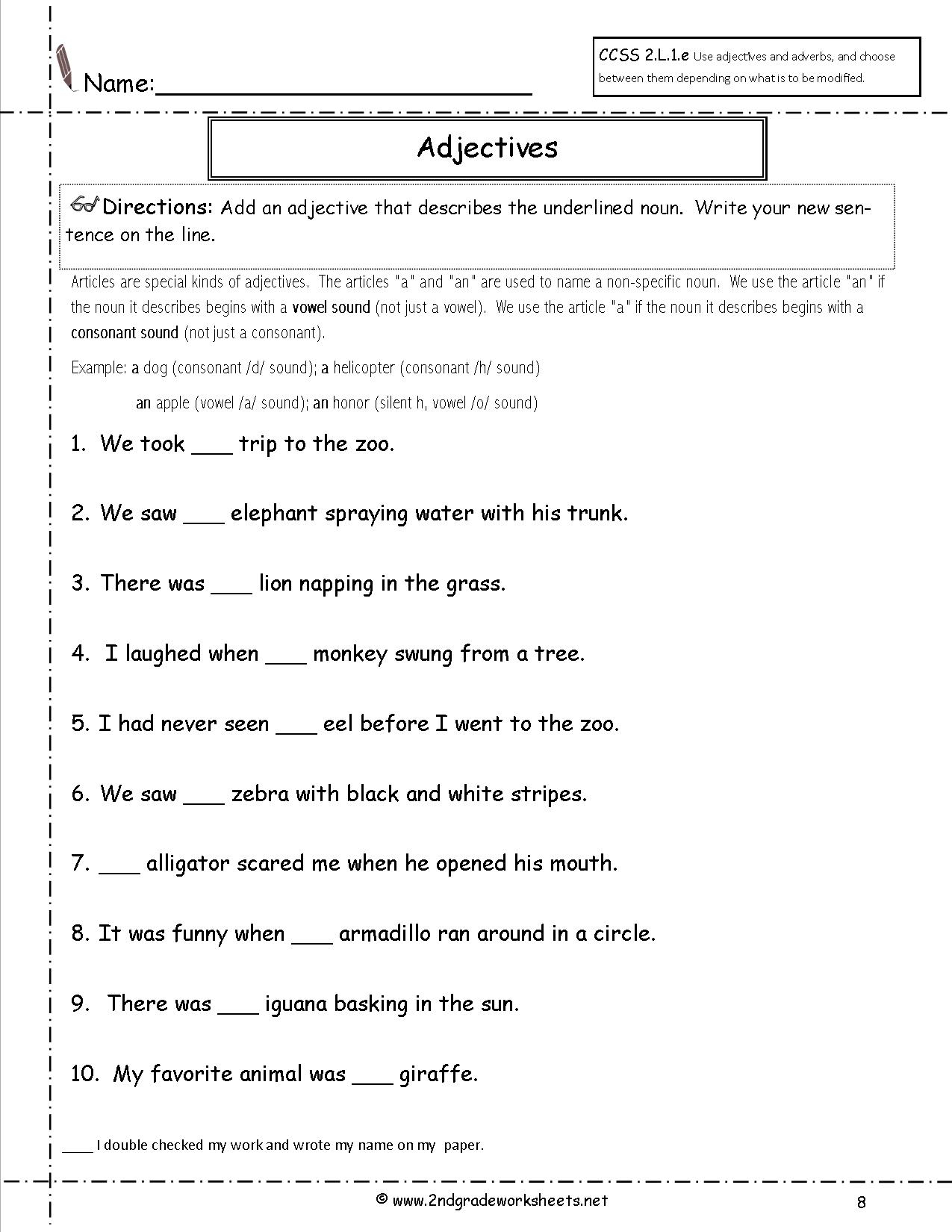

The Pedagogical Benefits of Using Worksheets
While some educators advocate for a purely immersive approach to grammar through reading and writing, the structured nature of high school grammar worksheets offers distinct pedagogical advantages:
- Targeted Practice: Worksheets allow teachers to isolate specific grammatical concepts that students are struggling with. This focused practice helps reinforce learning and address individual weaknesses without overwhelming students with too many rules at once.
- Reinforcement and Repetition: Grammar rules require repetition to move from conscious understanding to automatic application. Worksheets provide the necessary drill and practice in varied contexts, solidifying concepts in students’ minds.
- Immediate Feedback: Many worksheets come with answer keys, enabling students to self-assess their understanding immediately. This instant feedback loop is crucial for learning, allowing students to correct errors and understand their mistakes in real-time.
- Independent Learning: Worksheets facilitate independent study and review. Students can work at their own pace, focusing on areas where they need more help, making them ideal for homework, test preparation, or remedial work.
- Measurable Progress: For both students and teachers, worksheets provide tangible evidence of progress. By tracking performance on different topics, areas of improvement can be identified, and instructional strategies can be adjusted accordingly.
- Differentiation: Worksheets can be easily differentiated to meet the needs of diverse learners. Simpler worksheets can be used for remediation, while more complex ones can challenge advanced students, ensuring all students are appropriately supported and stretched.
Strategies for Effective Integration and Differentiation
To maximize the impact of high school grammar worksheets, educators can employ various strategies:
- Integrate with Writing: Don’t just teach grammar in isolation. After completing a worksheet on, say, parallel structure, assign a writing task where students must consciously apply that concept. Provide feedback on their application of the rule in their own writing.
- Use Varied Formats: Mix up the types of exercises. Include fill-in-the-blank, multiple-choice, error identification and correction, sentence combining, sentence expansion, and even creative writing prompts that require specific grammatical constructions.
- Gamify Learning: Turn worksheets into games or competitions. Use online tools that make grammar practice interactive. This can reduce the perception of grammar as tedious.
- Peer Review and Collaboration: Have students work on worksheets in pairs or small groups. They can discuss answers, explain reasoning to each other, and collectively solve problems, fostering deeper understanding.
- Utilize Technology: Many online platforms offer interactive grammar exercises that adapt to student performance, providing personalized learning paths. These can complement traditional worksheets.
- Connect to Real-World Examples: Use excerpts from literature, news articles, social media posts, or even song lyrics as examples of good (or bad) grammar. This makes the concepts more relevant and engaging.
- Scaffold Learning: Introduce complex concepts in stages. For instance, before tackling complex sentences, ensure students fully grasp independent and dependent clauses. Worksheets can be designed to build upon previous knowledge.
Choosing and Creating High-Quality High School Grammar Worksheets
Not all worksheets are created equal. When selecting or designing high school grammar worksheets, consider the following:
- Clarity of Instructions: Ensure directions are unambiguous and easy to understand.
- Relevance of Content: Exercises should use language appropriate for high school students, ideally drawing from topics that resonate with their interests or academic studies.
- Variety of Exercises: A good worksheet offers different ways to practice the same concept, preventing monotony.
- Answer Keys: Essential for self-correction and for teachers to quickly grade.
- Progression: Worksheets should ideally be part of a larger unit that builds from simpler to more complex concepts.
- Focus: Each worksheet should generally focus on one or two related grammatical concepts to avoid overwhelming the student.
Conclusion
In an educational landscape that increasingly values critical thinking and effective communication, the role of strong grammatical foundations cannot be overstated. While technology and evolving teaching methodologies continue to shape the classroom, the fundamental need for structured practice in grammar remains constant. High school grammar worksheets, far from being relics of a bygone era, are potent and versatile tools that provide the systematic practice, targeted reinforcement, and measurable progress essential for students to navigate the complexities of the English language.
Ultimately, well-designed high school grammar worksheets are not just busywork; they are vital components in building a robust linguistic skill set that empowers students to succeed academically, communicate effectively in their personal lives, and thrive in their future careers. By embracing these resources thoughtfully and integrating them creatively, educators can ensure that the next generation possesses the clarity of expression needed to articulate their ideas and shape the world around them.
